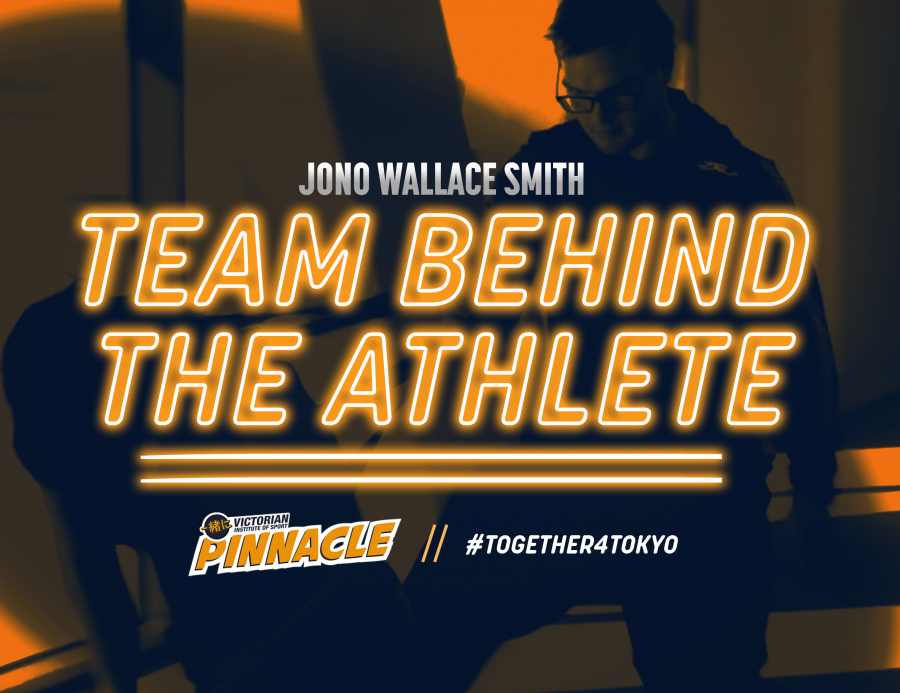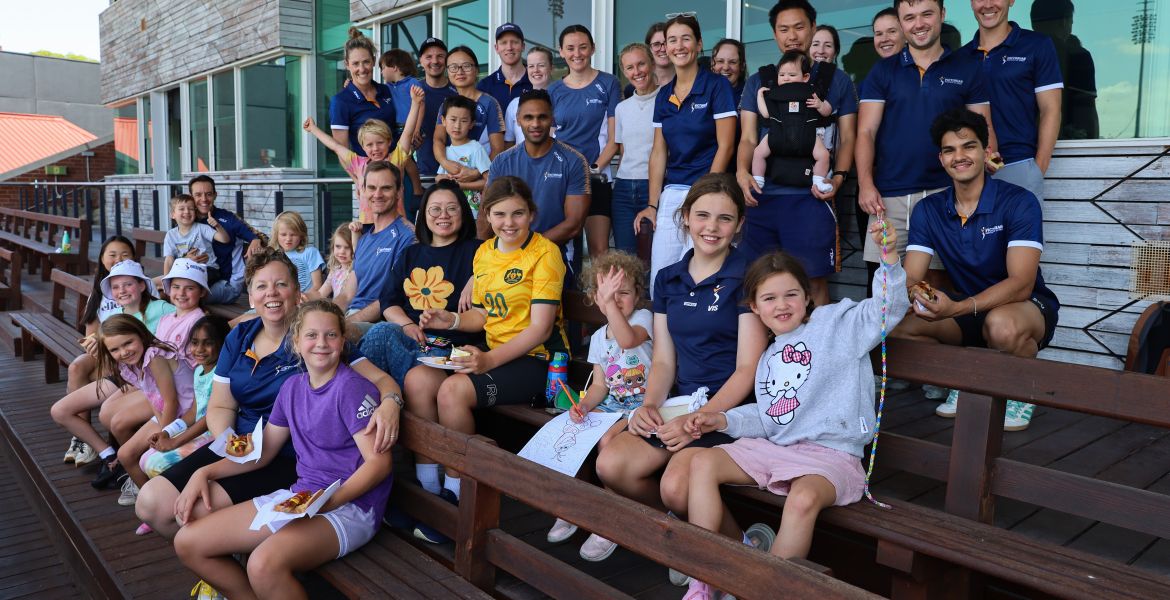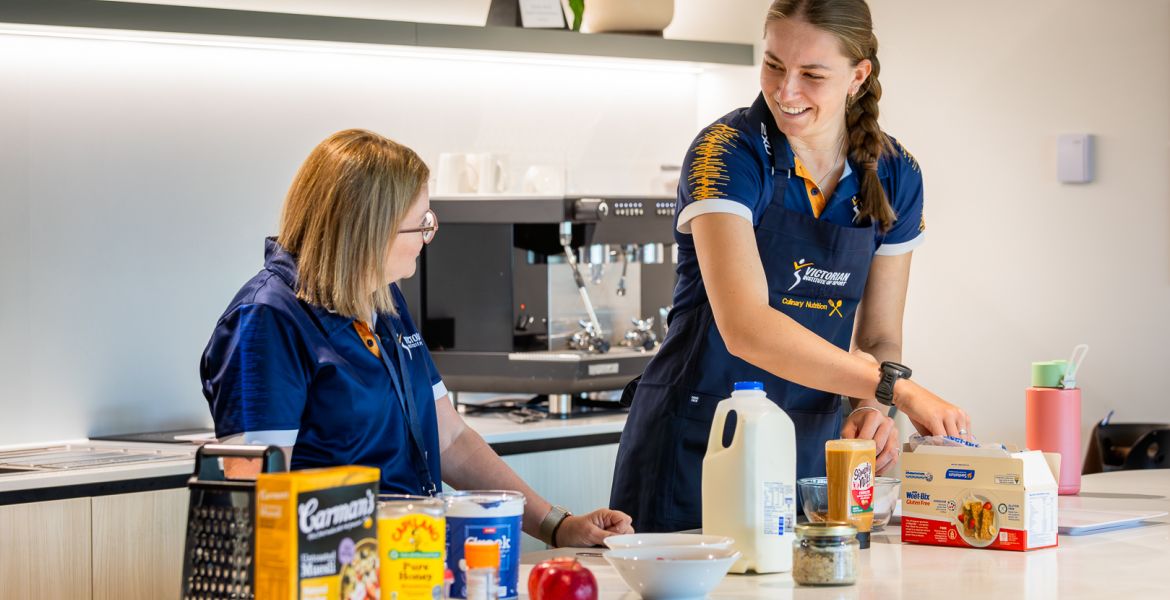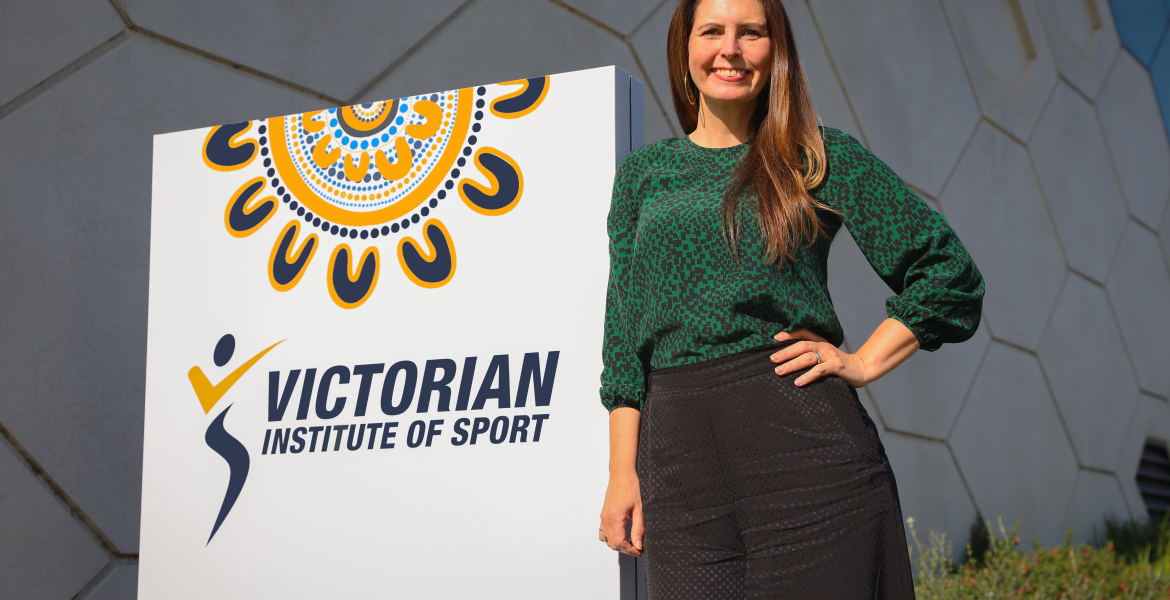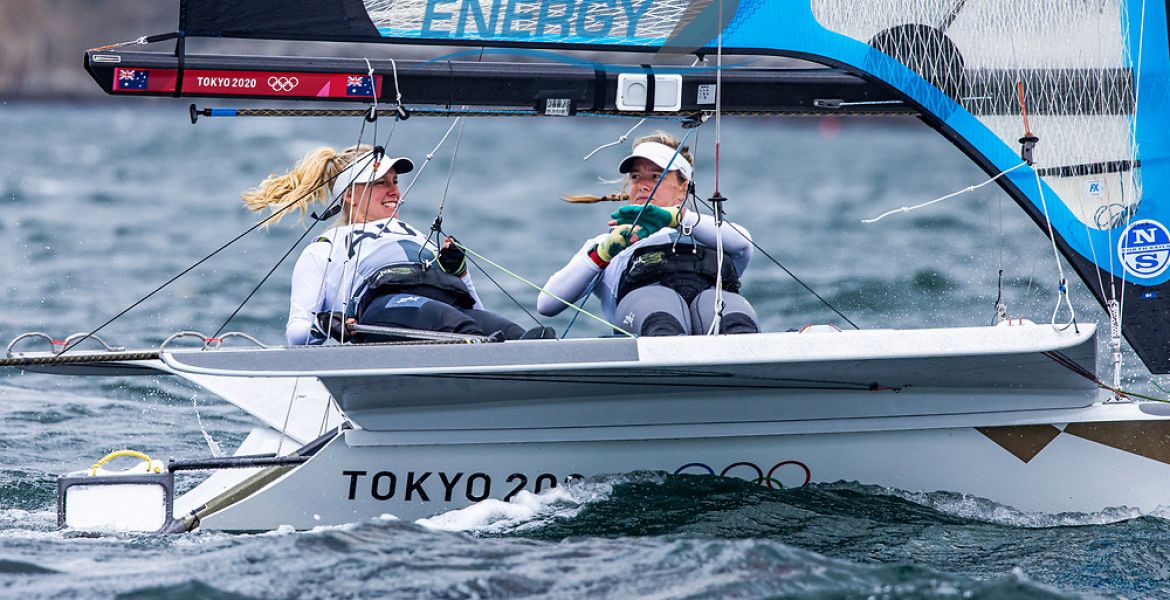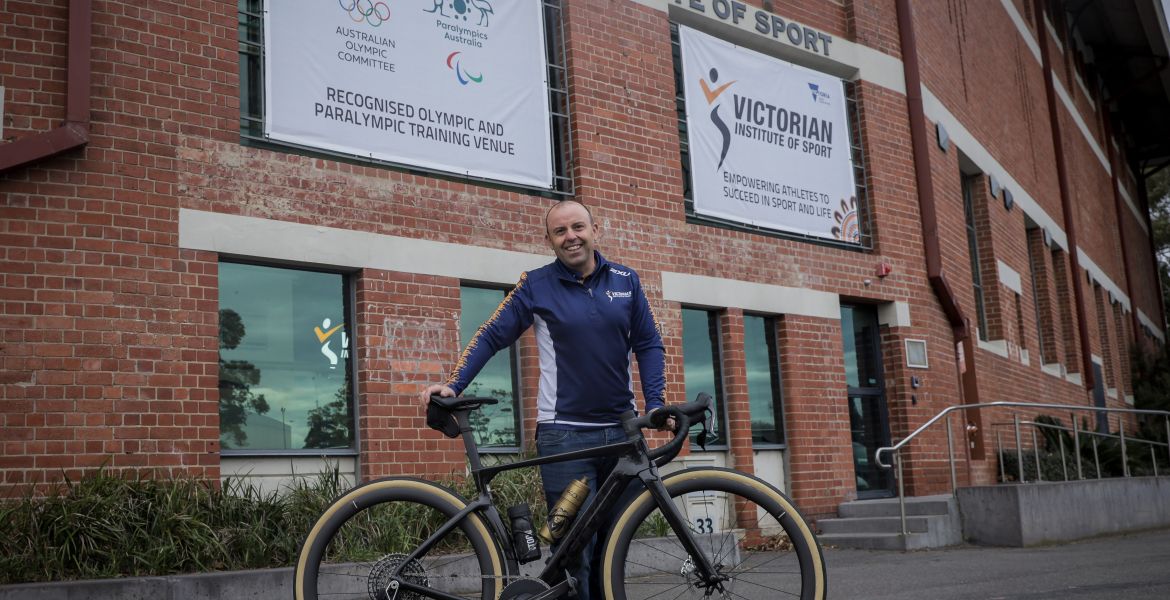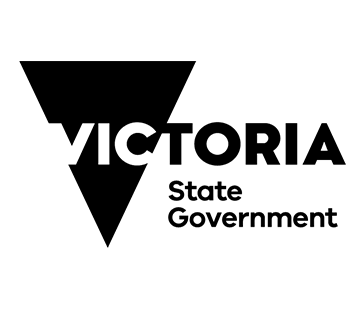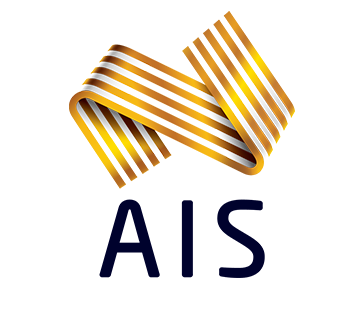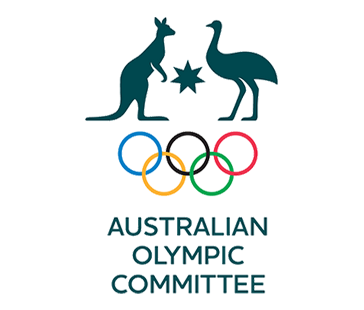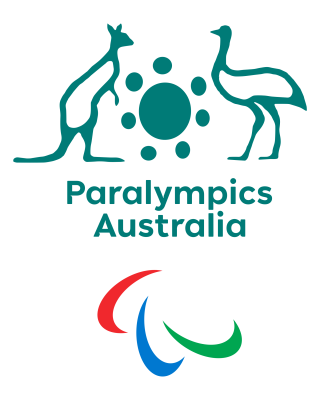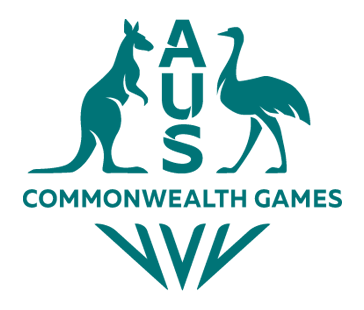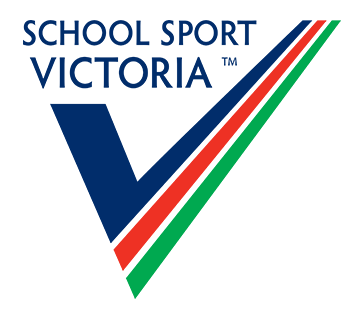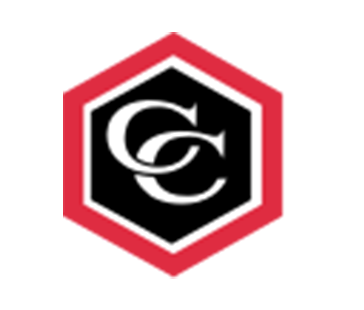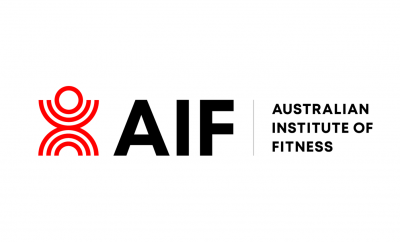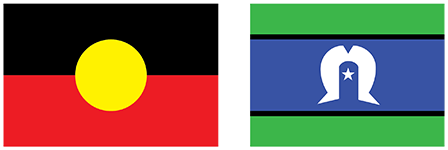TEAM BEHIND THE ATHLETE | JONO WALLACE SMITH
VIS Coach Jono Wallace Smith is responsible for providing Physical Preparation training to the athletes in our Individual Athlete Scholarship Program, which includes athletes from the new Olympic sports. Not only has he had to educate himself in skate lingo and surf slang, he has also upskilled his knowledge to apply to the demands of the untraditional disciplines. He spoke to Pinnacle about some of his key focus areas and learnings;
What are some of the key strength and conditioning exercises for elite skateboarders?
Landings are probably one for the biggest ones for us. Teaching the skaters to efficiently absorb force on landings has a big part to play both in reducing injury risk and improving performance as it has a large transfer across to the board. We practice them off high boxes (up to 1m high), landing after jumping sideways or rotating, landings with added weight (different things at different times of the year) to help prepare their bodies for the variability of their landings on the board.
Calf Strength would be another big focus area – once again helping with the absorbing of force when landing off big heights – we usually start with single-leg calf raises with added weight then progress from there.
After that, and them gaining the basics in strength & mobility, the focus shifts depending on their skateboarding discipline. While they will all have qualities of both in their program, Street Skaters (Hayley Wilson & Brad Saunders) will have more of a lower body power focus (jumps etc.) and Park (Shanae Collins) will have more of a lower body strength focus (squats, leg press etc.).
Skateboarding is an extreme sport – how do you prevent and/or treat injuries?
Skateboarding is a skill dominant sport – so time on the board is always king. Our main aim is to help spend more hours on the board per day/week/month and have them off the board for less time when they do get hurt. With that said, these guys are hurling themselves into concrete daily – so we can’t prevent everything.
Each program has elements to help this based off the common injuries in skating and unique ways the athletes present themselves when they joined us (anthropometry, previous injury history, previous training history etc.)
- ankle/calf strength & proprioception (balance) work to help with ankle sprains
- quad/glute/eccentric hamstring work to be able to handle the high impacts when they land poorly or need to ‘bail’ off the board.
- Or even rolling work to help them fall a bit safer when they do stack it.
Surfers need to be in tip-top shape – how are you helping Nikki Van Dijk prepare for Tokyo?
Nikki’s competitive season is so long and very complex – changing schedules, different locations, different surfing conditions etc. – making it very tough to program and prepare for.
When she is home we focus a lot on reducing the ‘imbalances’ that her amount of surfing creates – these imbalances are normal for surfing but do create an increased injury risk (quad dominance, restrictions through hips, rotator cuff imbalances in the shoulder etc.). Developing strength through the posterior chain (lower back, glutes & hamstrings) is a major focus as well as building more power through her trunk & lower body to assist with some of her manoeuvres – actually ends up pretty similar to Park Skateboarders. After that, a lot of pulling chin-up variations to help her paddling. We are also playing around with a lot of gymnastics variations for something different and fun, and to develop bodyweight strength.
When travelling, the focus narrows to maintaining the strength qualities she’s developed – to reduce injury risk of a long season and stop a drop in performance – and keep her feeling fit, healthy & happy.
Sport Climbing is a new sport at the VIS - have you encountered any challenges working with Oceana Mackenzie?
Honestly, no. Oceana is, one of many, special athletes we have. Incredibly talented with a work ethic to match. Transitioning to the climbing space has been really easy because Oce’s coach, family and climbing community are behind her and know the VIS is trying to help her by playing our part. We have been doing a lot of sprinting work with her to assist with her Speed Climbing – teaching her how to run was interesting because she initially looked like a baby giraffe, but since then it’s been smooth sailing.
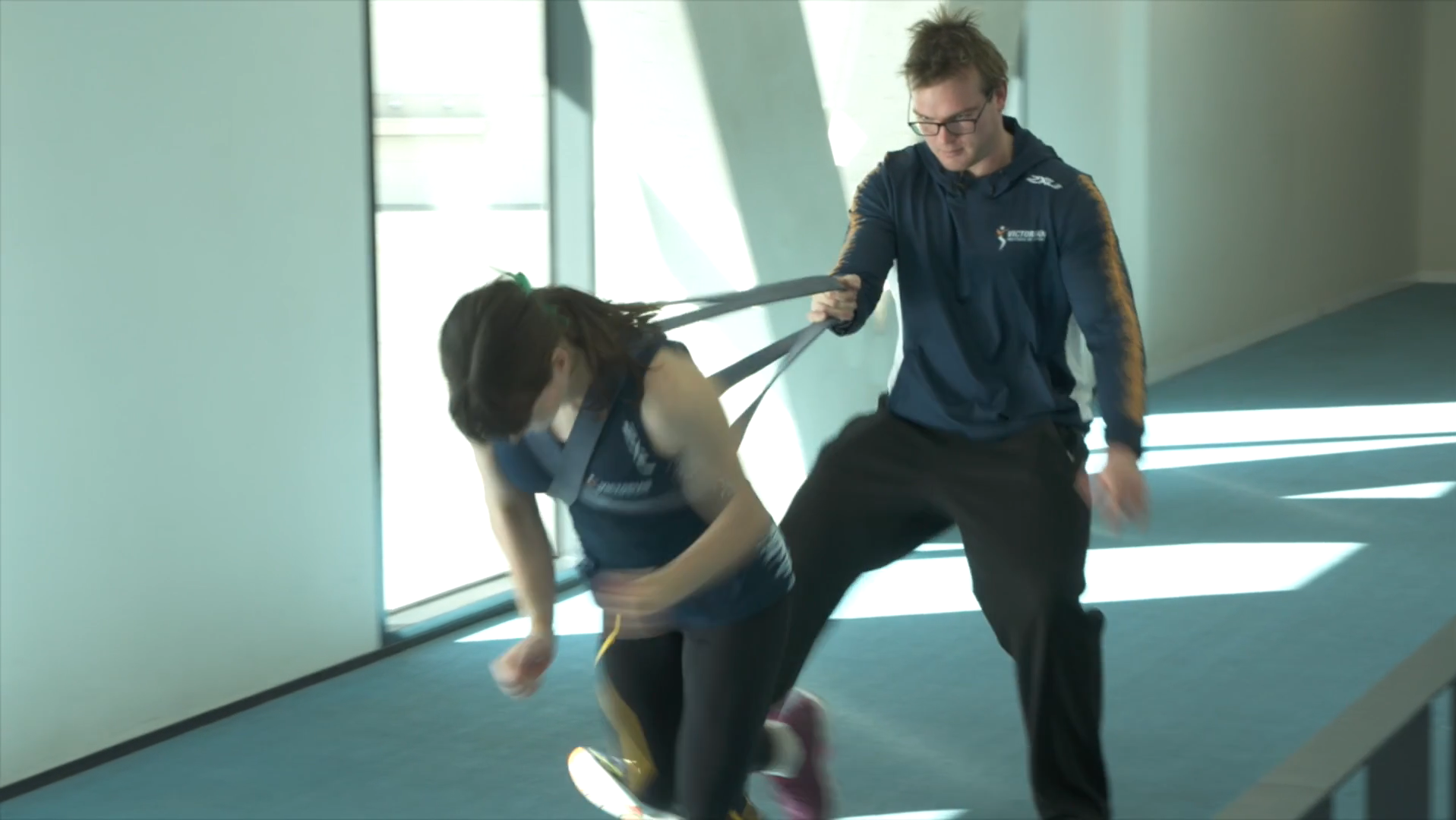
What are you enjoying the most about working with these new sports?
Learning as much as I can about these new sports – these are some seriously impressive athletes doing some seriously impressive things. It’s just cool to be a part of it.
What are the biggest challenges you face working with these new sports and athletes?
Working out how ‘High Performance’ fits into each sport’s culture – it’s not a carbon copy from what is done/needed in traditional sports to these ones and there is no formula to success that has been set-up over a long period of time. Taking the time to learn as much as we can about the sports and figuring out where exactly we can help these athletes, instead of just jumping in and smashing them in the gym or try to change their routines has been a big challenge.

